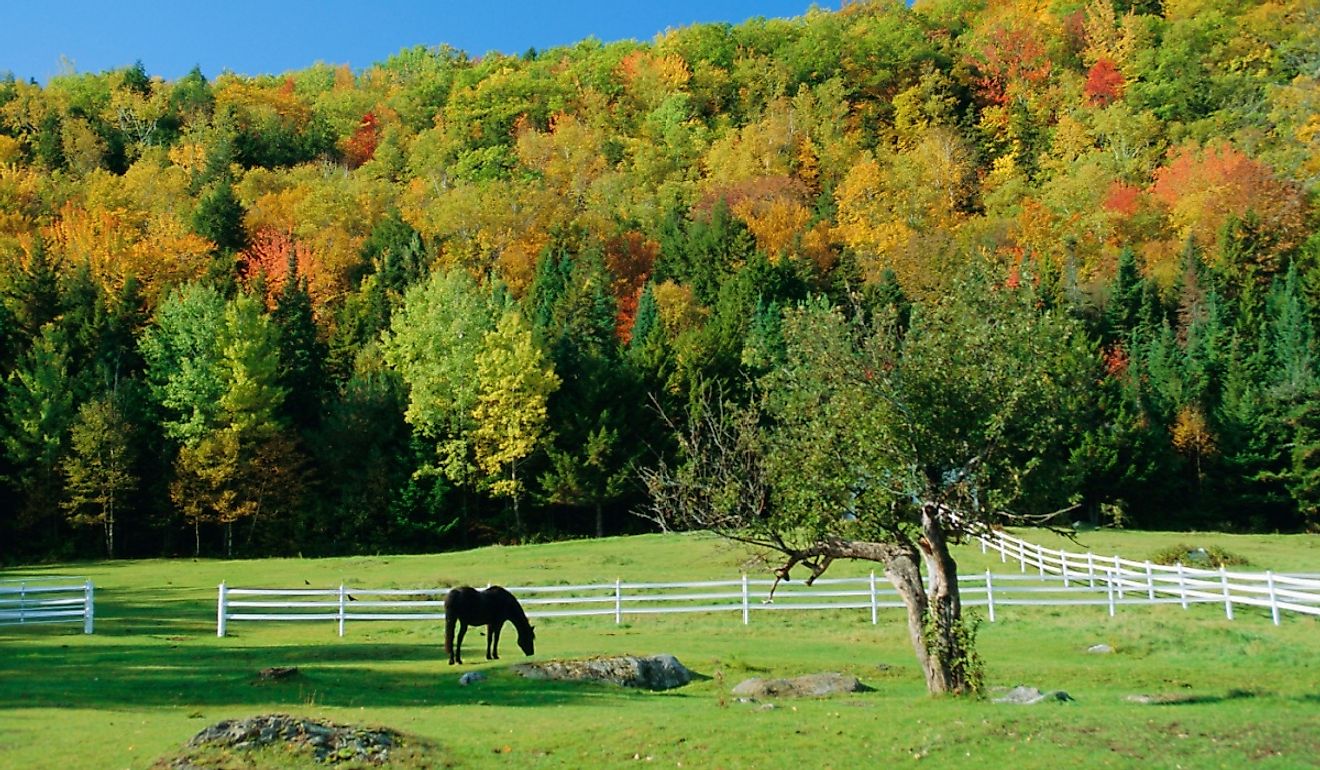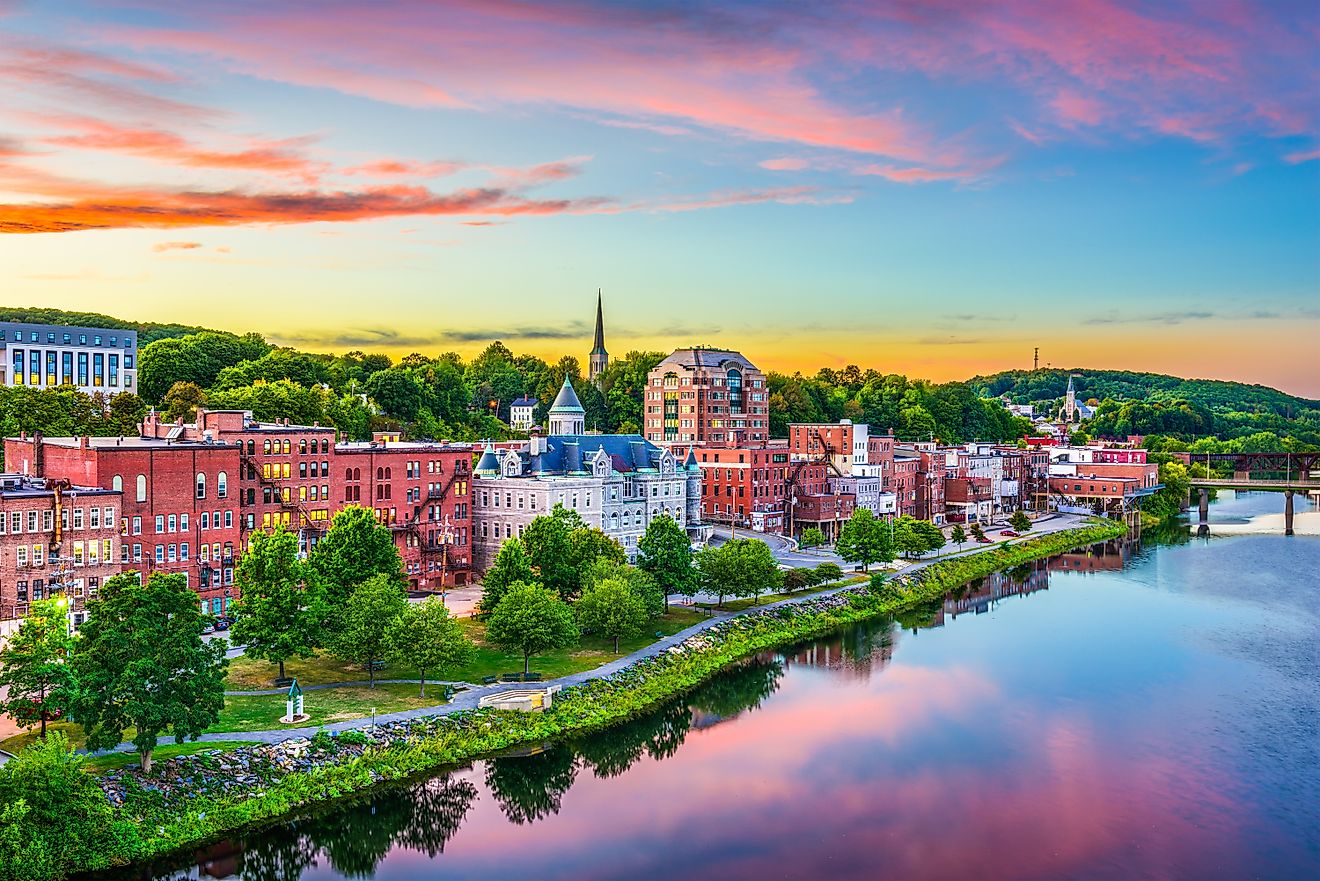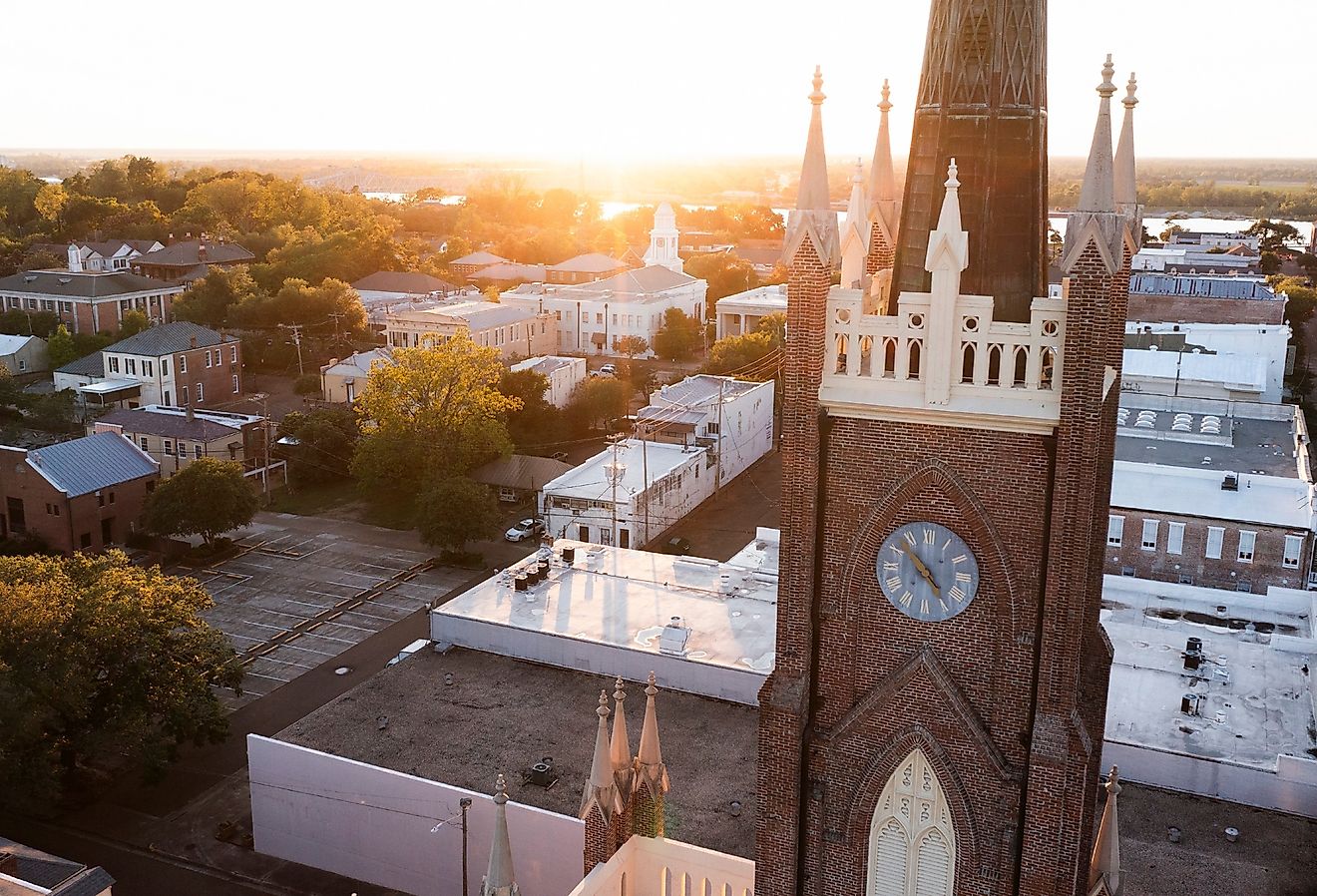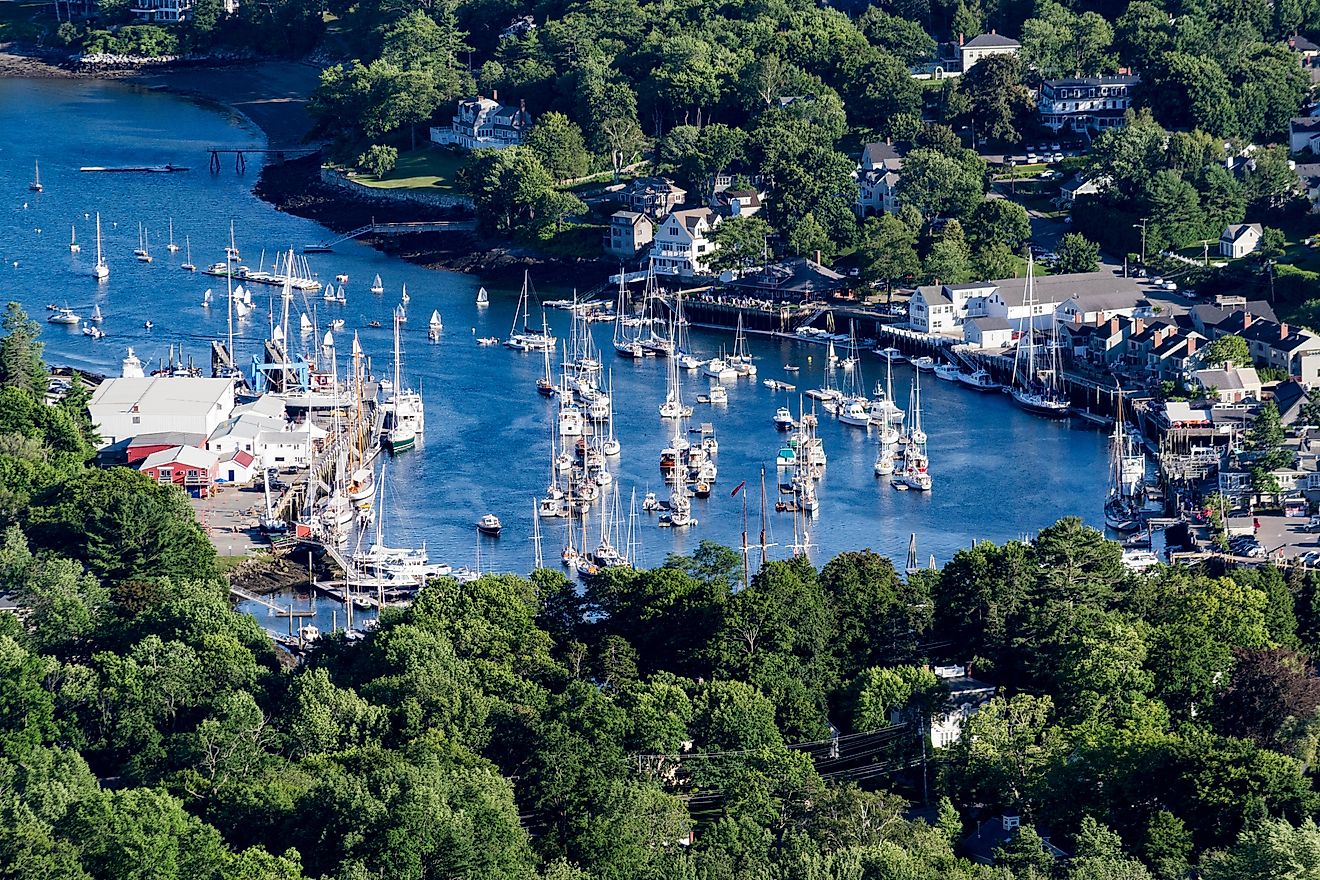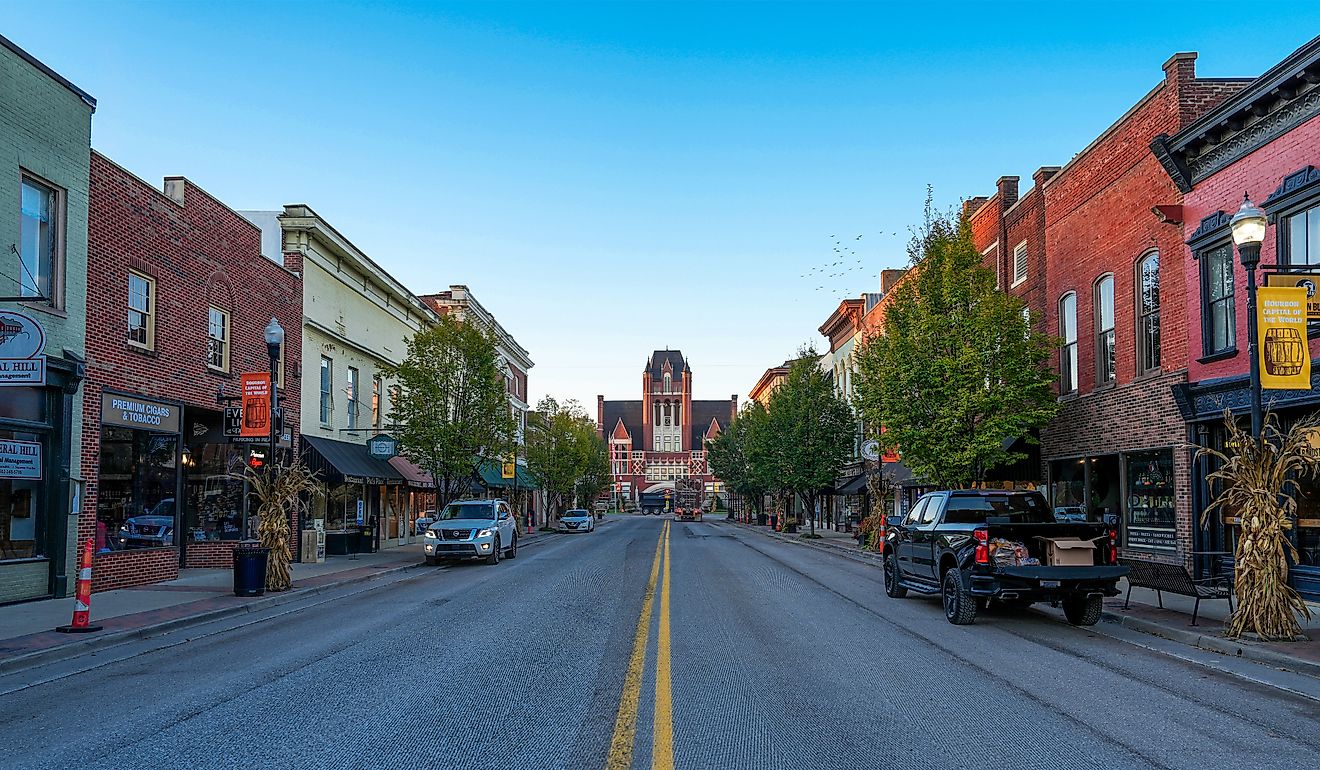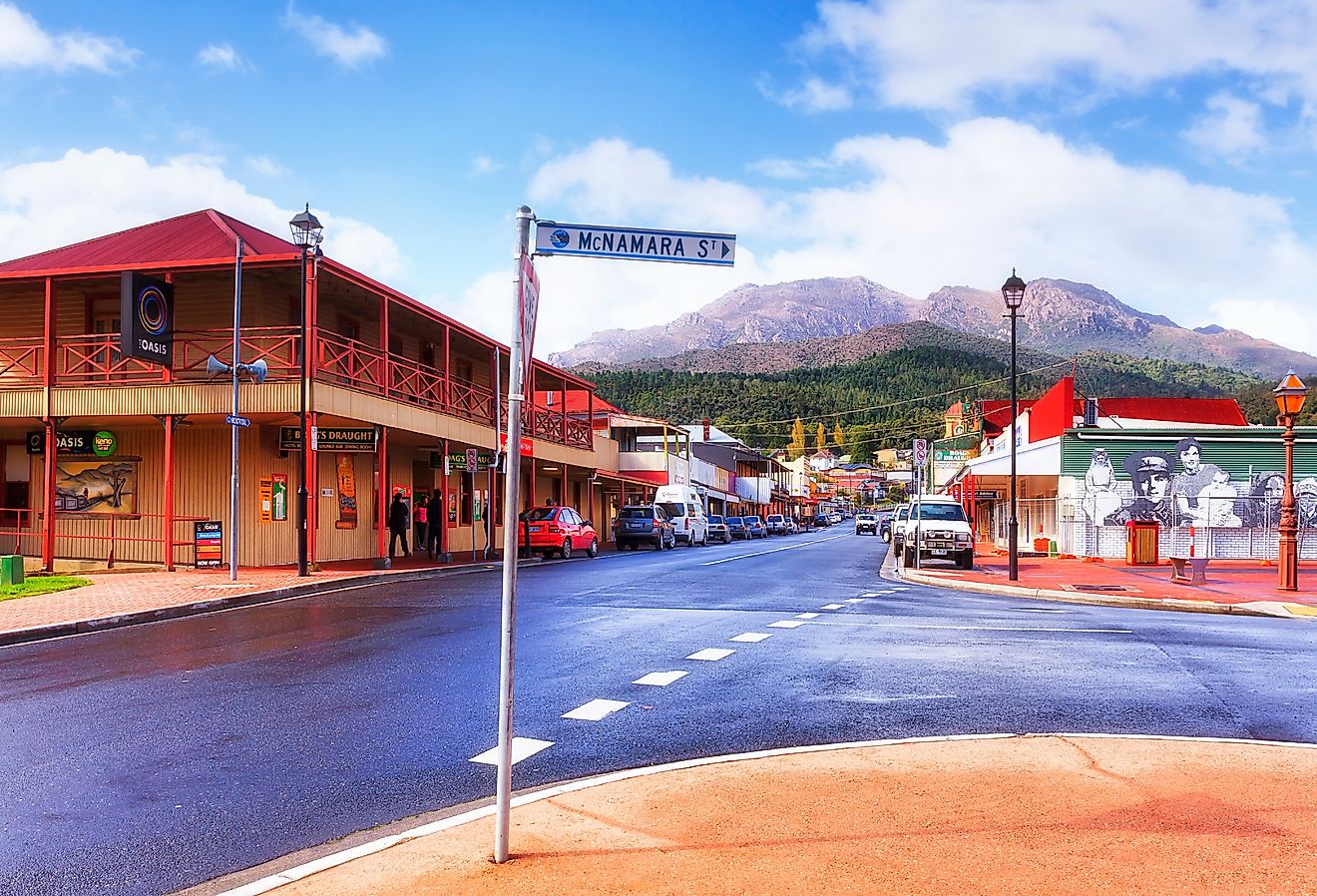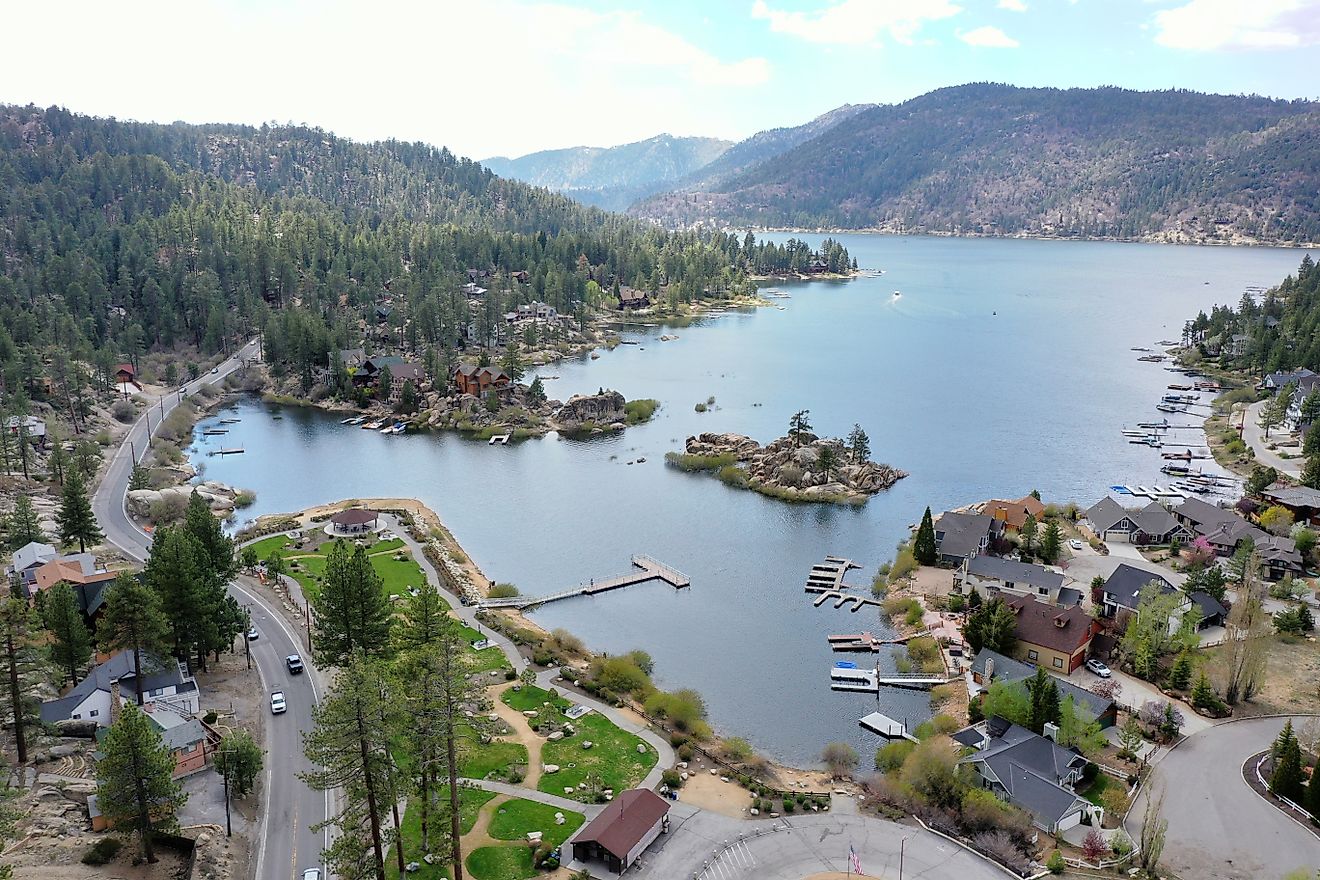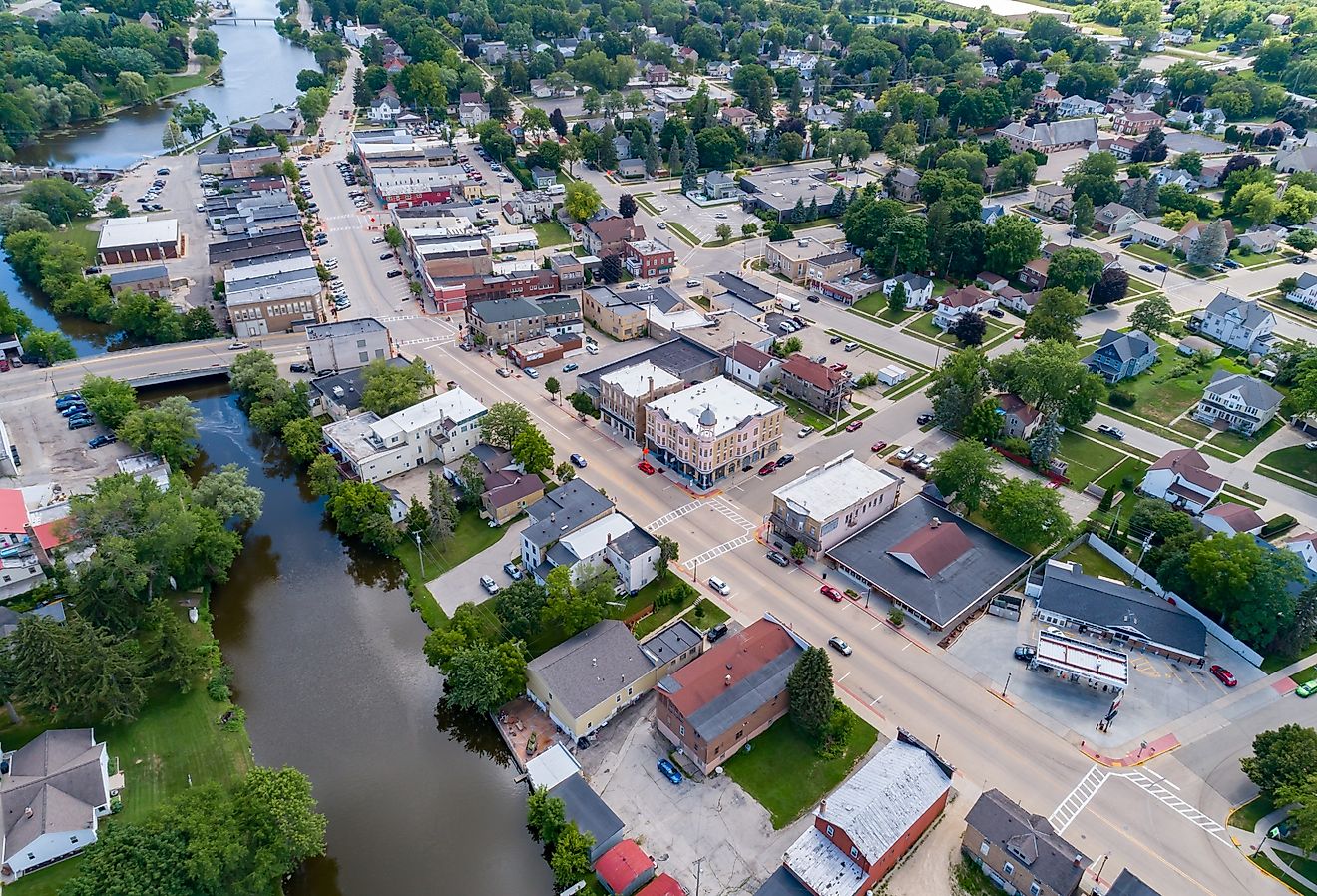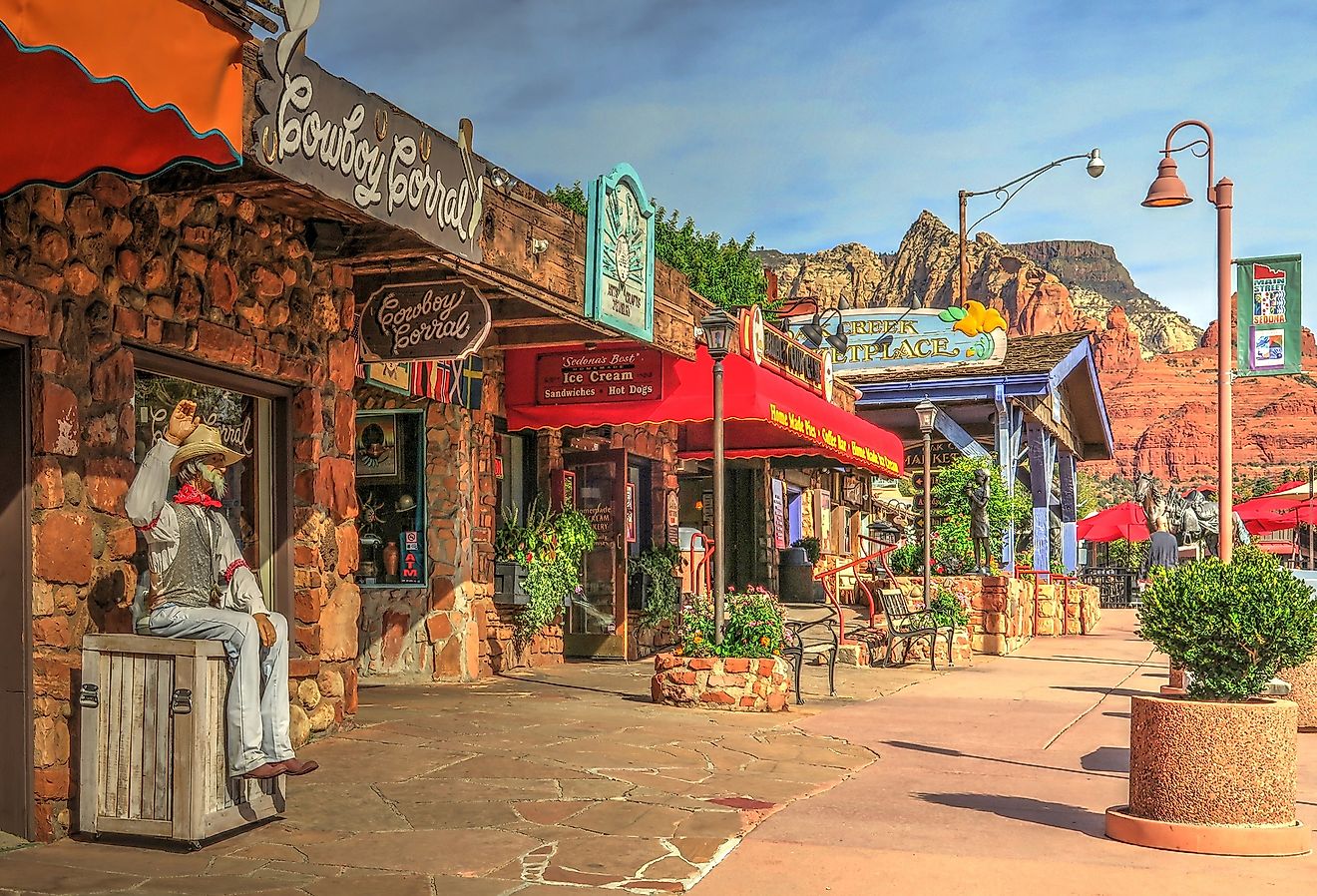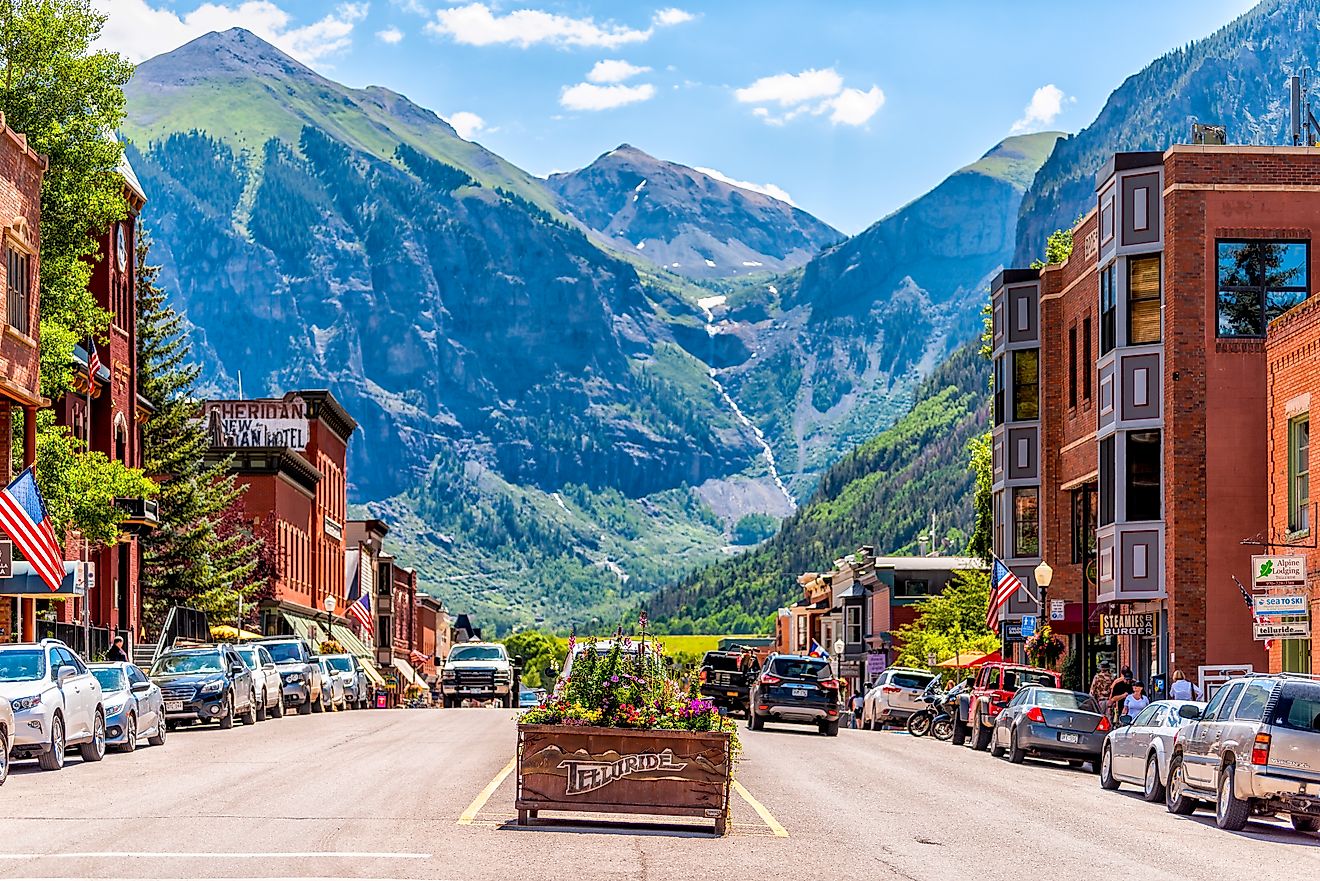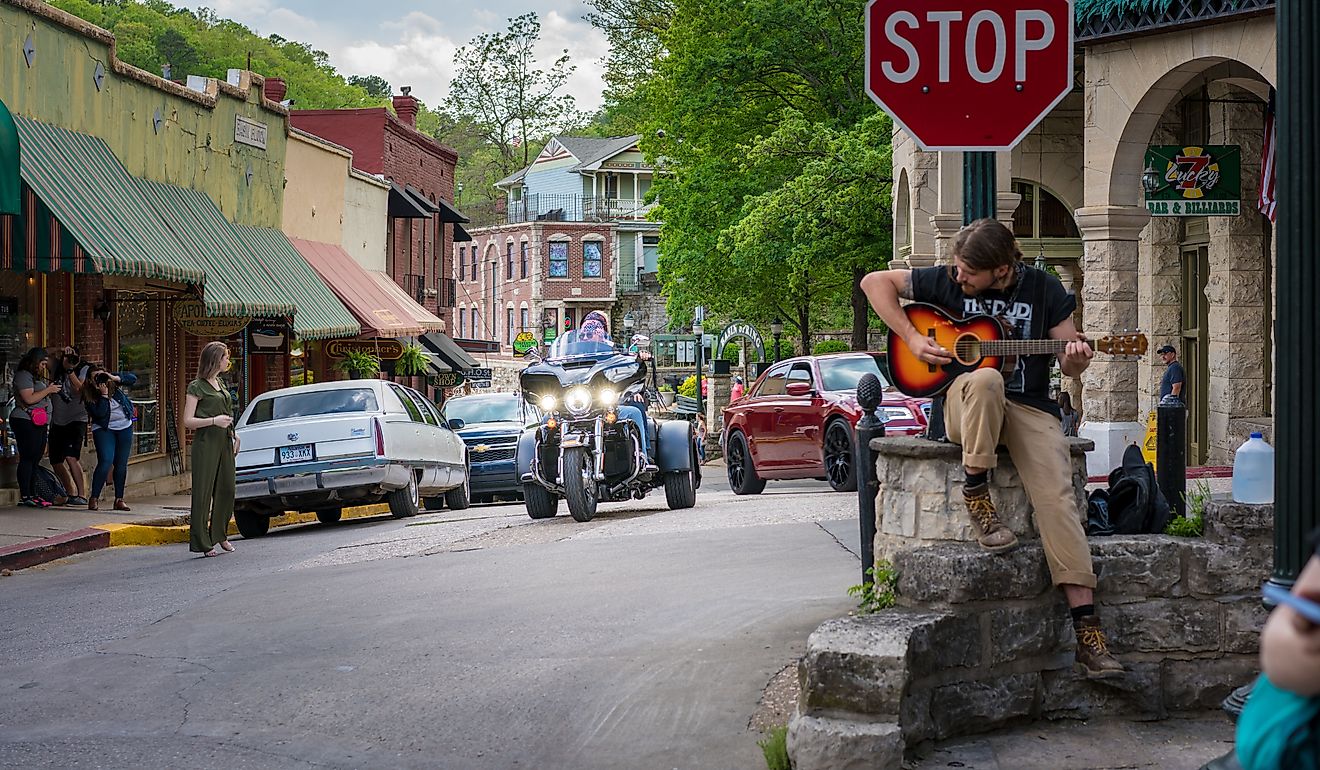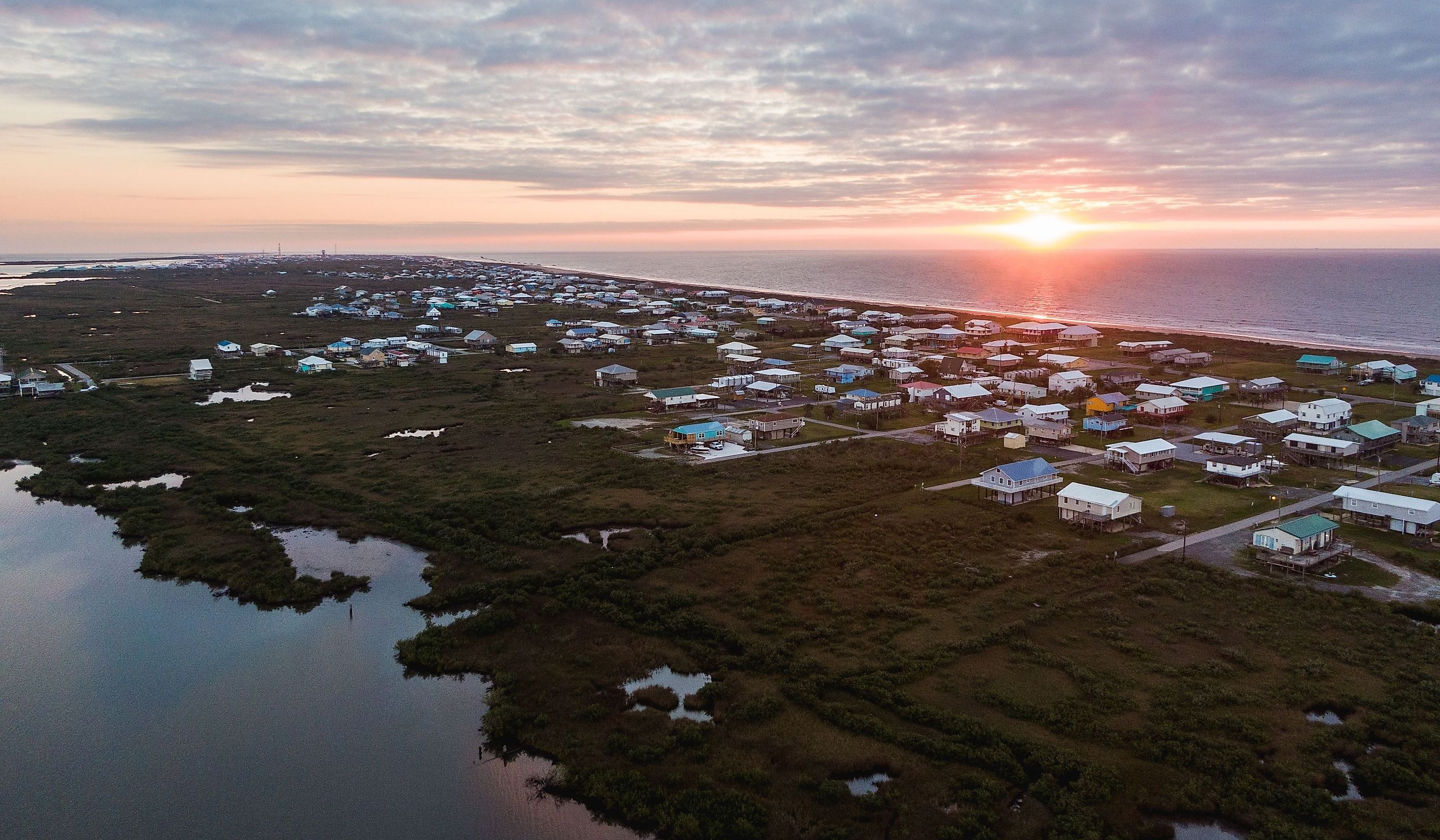
9 Off-The-Grid Louisiana Towns To Visit In 2025
Penciled in between the interlopers of outlet malls and tour groups sporting matching shirts, there’s the real Louisiana. South of I-10 and just outside the spotlight’s glare lie the cities that still live on rhythm, rain, and secret recipes scribbled on the back of a napkin. This corner of the state, where the Atchafalaya Basin, the Teche, and the intervening bayous provide the anchor, was forged by Acadian settlers, sugar barons, and their pirate-like politicians, musicians, and shrimpers with no qualms about slogging through mud. The towns that made the list aren’t corporate-friendly—they’re character-kept. If you’re looking for the off-the-grid Louisiana—the weird, the lovely, and the lovably weird—these nine towns are waiting.
Breaux Bridge

Don’t let the stillness fool you, Breaux Bridge simmers with stories, swamp secrets, and just enough spectacle to earn its nickname—the Crawfish Capital of the World. Start at Lake Martin, where kayaking beneath moss-covered cypress trees brings you face to face with spoonbills, gators, and that unmistakable southern hush. For a more profound adventure, Champagne’s Swamp Tours offer boat excursions through the bayous and wetlands with guides who know the difference between a shadow and an alligator blink.
Each May, the Breaux Bridge Crawfish Festival turns downtown into a Cajun carnival of two-stepping, crustaceans, and accordion wars that end in dance marathons. Back in town, the Breaux Bridge mural trail maps out local legends in bold, colorful strokes—because here, even the walls can dance.
Abbeville
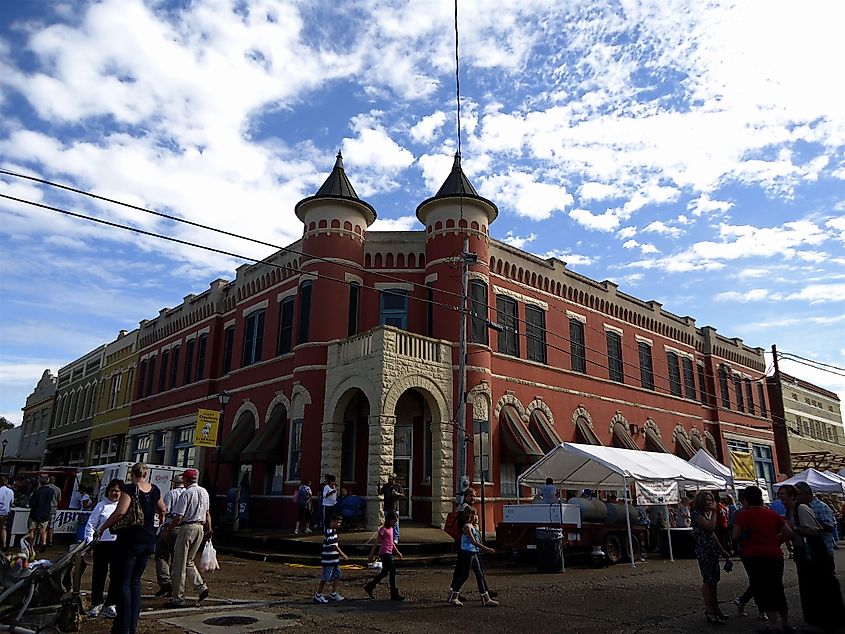
Abbeville doesn’t yell for attention—it lures you in with boudin, eccentric history, and just enough chaos to keep things lively. Start in Magdalen Square, where old churches and a gazebo frame the village center. Then ride a section of the Cajun Corridor Byway, a picturesque driving route on Highway 14 that curves through fields of sugarcane, crawfish ponds, and ridges of oaks, giving travelers a sampling of the region’s bountiful landscape and heritage.
Every November, the Giant Omelette Festival cracks open 5,000 eggs into a 12-foot frying pan, transforming downtown into a festival of cooks, tunes, and dance. Nearby, the Depot at Magdalen Place contains a train museum, which keeps the town linked with its railway heritage. South of town, Palmetto Island Park features canoe trails, swamp boardwalks, and campsites where the frogs sing the night songs.
Jean Lafitte
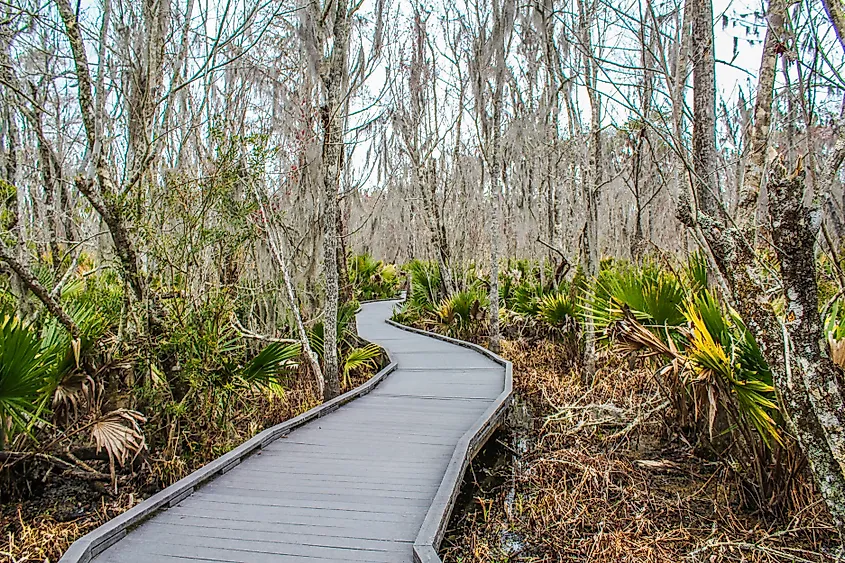
Skip the brochures, Jean Lafitte tells you to see its wild side in person. Named after the pirate who once used the area for cover, the bayou town doubles up on swamps, seafood, and tall tales that don’t require fact-checking. Boardwalks and trails through the domain of ’ gators await in Barataria Preserve, where Spanish moss and herons flank the route like they’ve been hired for atmosphere. The Lafitte Barataria Museum & Wetland Trace includes hurricane history, pirate lore, and a boardwalk filled with local critters.
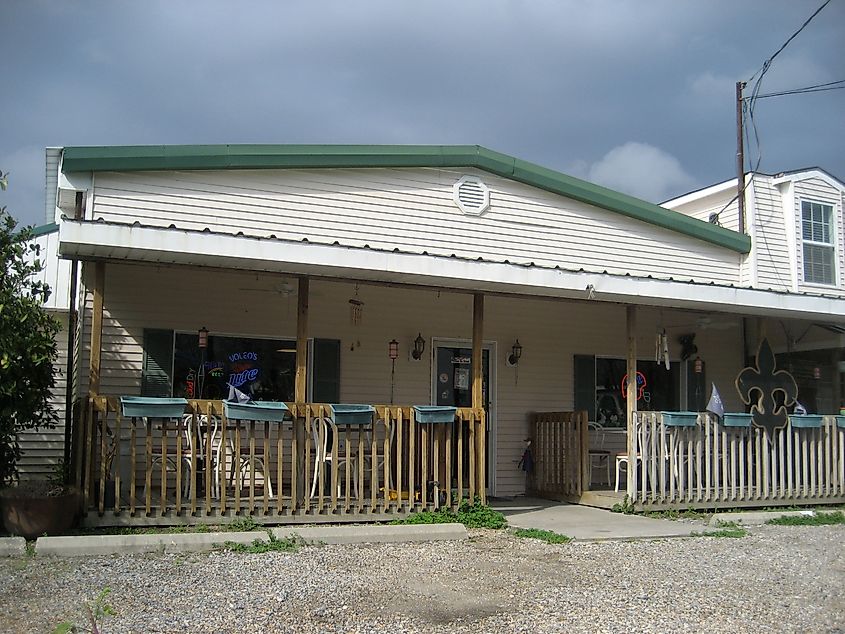
At Jean Lafitte Harbor, the Total Cajun Experience lets visitors pull crab traps and cast nets like locals. Catch the timing right, and the Jean Lafitte Seafood Festival gets the gators and gumbo on the dance floor.
Delcambre
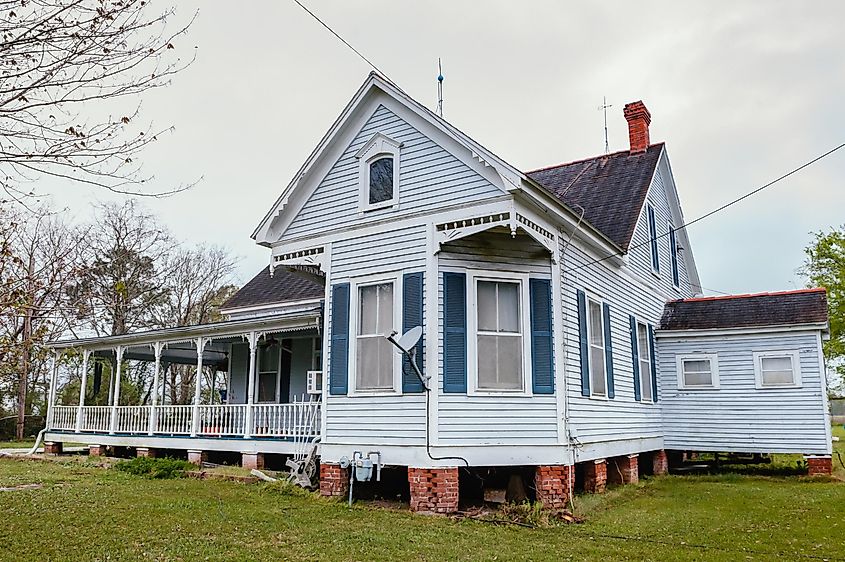
There’s no need to ask what’s for dinner—Delcambre already decided it’s shrimp. Among Louisiana’s busiest Gulf shrimp ports, Delcambre turns its identity into a celebration each August with the Delcambre Shrimp Festival. There are blessings of boats, cook-offs, carnival rides, and more butter-spicy boiled seafood than your arteries are ready for.
You can still dine like it’s festival weekend at the Delcambre Seafood and Farmers Market, held monthly with fresh shrimp off the piers and regional Cajun specialties from local vendors. Along the canal, Bayou Carlin Cove Boat Landing & Pavilion hosts fishing tournaments and concerts on the water. And just nine miles away, the TABASCO Brand Factory Tour & Museum on Avery Island adds signature Louisiana heat to the trip.
St. Francisville
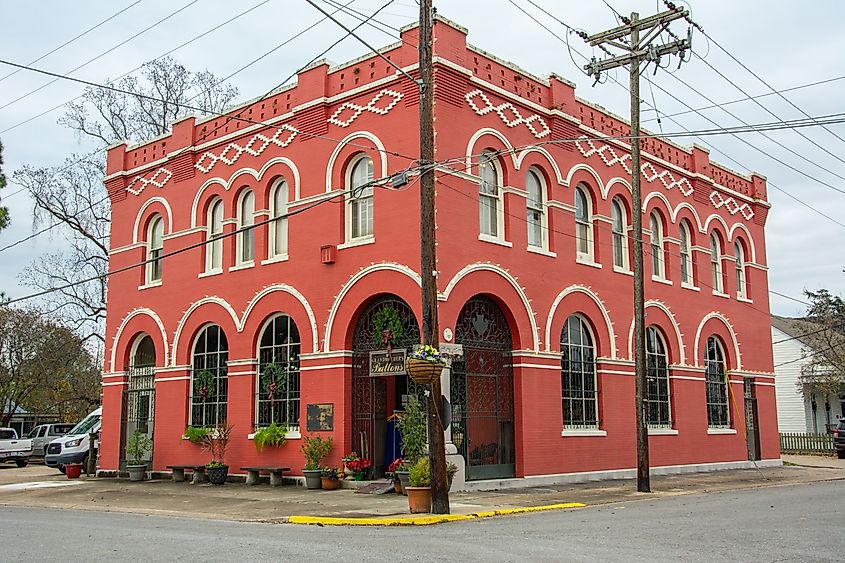
Perched above the Mississippi River’s west bank, this bluff-top town gives Gothic novels a run for their money. Not just any old historic house, The Myrtles is said to be haunted by more than a dozen ghosts. For a less spooky retreat, there are manicured 19th-century gardens and interiors that breathe old Louisiana riches at Rosedown Plantation. The Afton Villa Gardens, a ruin turned showstopper, reveals seasonal blossoms over Gothic stonework.
Nature enthusiasts have room to ramble in Tunica Hills WMA, where steep trails and waterfalls keep ghost stories under wraps. Catch the Tunica Hills Music Festival in March, the Walker Percy Weekend in June, or the Angola Spring Rodeo in April for a dose of culture with camellias.
Eunice
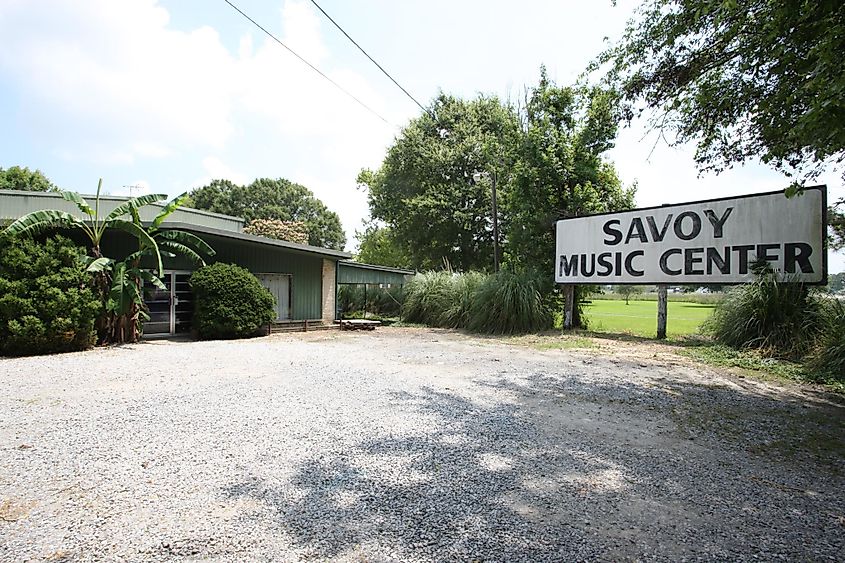
In Eunice, Cajun music isn’t nostalgia—it’s the weekly headliner. The Rendez-vous des Cajuns radio show brings live music and dancing to the Liberty Theater every Saturday night. A few doors down, the Prairie Acadian Cultural Center hosts French lessons, fiddle workshops, and courtyard cooking demonstrations that feel more like community than curriculum.
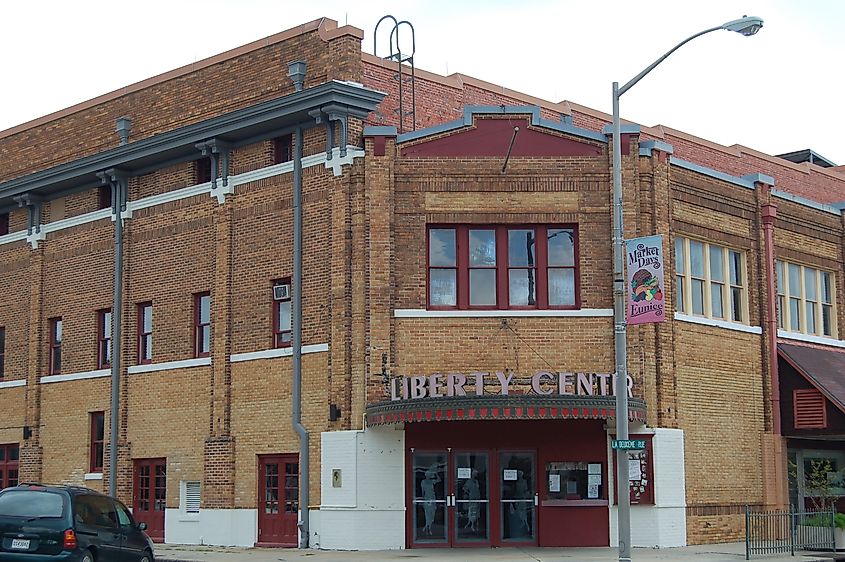
Savoy Music Center assembles its accordions on site and holds jam sessions that invite strangers to join in like they were always meant to be there. For nature, Shallow Lake Hunting Preserve offers seasonal duck blinds and quiet birdwatching trails ten minutes from town.
Washington
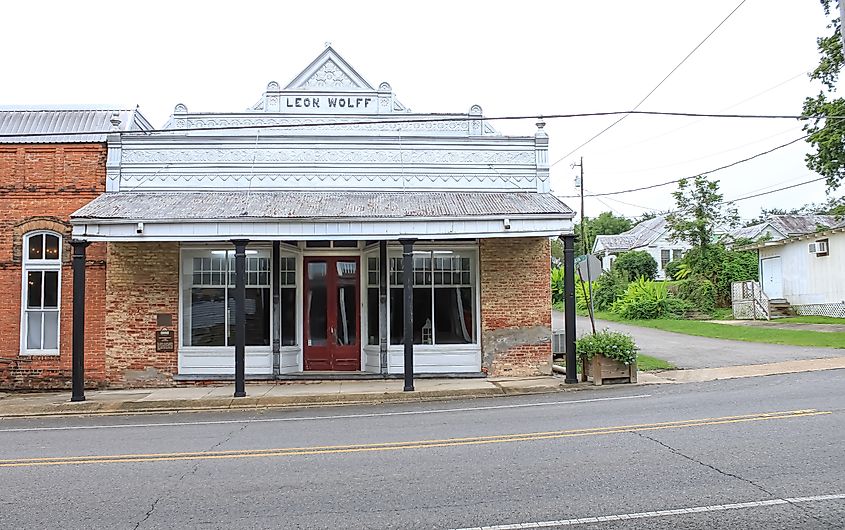
Once a thriving steamboat port, Washington still moves to the rhythm of history and secondhand treasures. Inside the Old Schoolhouse Antique Mall, old classrooms are filled with trinkets—antique cookware, taxidermy, and ashtrays shaped like alligators that no one necessarily needs but everyone touches. Across the street, the Historic Washington Art Gallery rotates works by Louisiana artists in a venue just as charming as the art.
The Steamboat Warehouse Restaurant serves catfish and gumbo in a brick relic from steamboat days. Each spring, the Catfish Festival fills the town with zydeco, crafts, and the kind of fried-food chaos that makes it all feel right.
Grand Isle

This barrier island isn’t fancy, but it has what matters: big fish, quiet trails, and no crowds. Grand Isle State Park invites fishermen to cast from piers and beaches in peace. Just beyond, Lafitte Woods Nature Preserve offers trails beneath twisted oaks and mossy quiet, ideal for birders and wanderers alike.
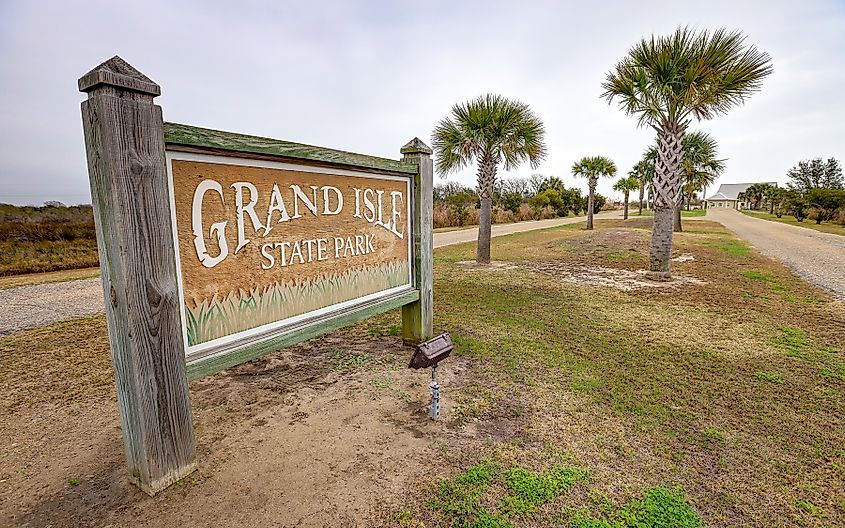
The Grand Isle Migratory Bird Festival, each April, includes guided walks, scopes, and enough nature facts to turn anyone into an amateur ornithologist. Caminada Cemetery, a haunting site tied to the 1893 hurricane, adds gravity to the island’s story. And Elmer’s Island Wildlife Refuge wraps it all in wind, sand, and solitude.
Franklin
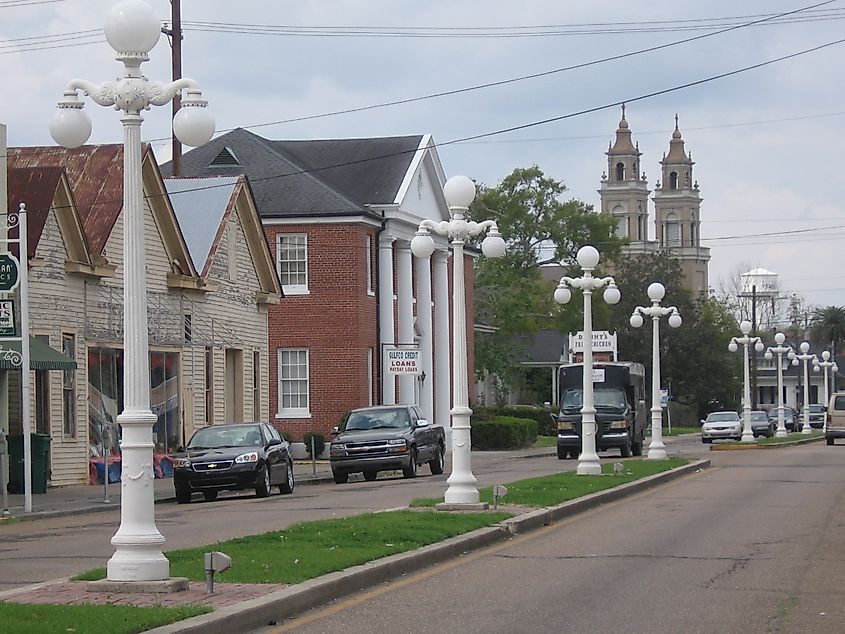
Franklin keeps things simple—historic homes, bayou access, and a downtown where everything feels like it belongs. Main Street, a proud partner in the Louisiana Main Street Program, is lined with signature lampposts and the Shadowlawn Plantation, one of over 400 local structures on the National Register. The Teche Theatre still hosts local performances, and the Grevemberg House Museum welcomes visitors into a parlor frozen in gaslight.
Each fall, the Harvest Moon Fest and the Franklin Patriotic Concert bring the community to the bayou banks. A public boat launch gives direct access to the Franklin Canal and the wildlife-heavy Atchafalaya Basin just beyond it.
Roads Less Paved, Stories Less Told
You don’t have to chase the largest cities when Louisiana’s personality resides in its tiniest map dots. These nine towns offer an off-the-grid experience for anyone who is looking to escape the commotion of city life. Some are held together by porch tunes and festivals that skip the glitter; others quietly wait behind sugarcane fields until someone curious takes the right wrong turn. If you came for pies, paddle trails, and frog-jumping competitions, what you’ll take with you is a sense of place you won’t find on Google. Fill up the tank, follow the music, and let the residents do the storytelling. Louisiana’s quirkiest corners are still writing their own tale—and they’re not done yet.
